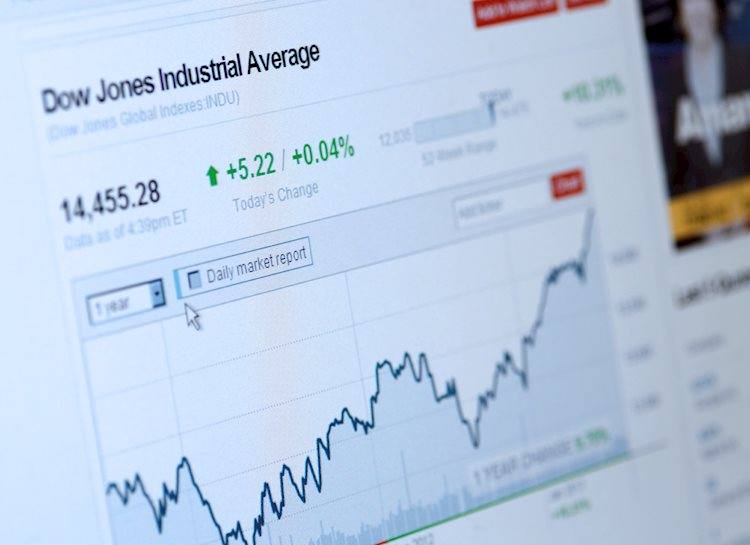- The Dow Jones marked out familiar territory near 44,500.
- Equity traders were pushed into a cautious stance after a policy pivot from China.
- Investors will get a breather from high impact data until midweek CPI inflation figures.
The Dow Jones Industrial Average (DJIA) churned near 44,600 as equities kick off the new trading week on a quiet note. Markets bucked early Monday after China announced its first official monetary policy shift in 13 years. However, risk appetite was hobbled by geopolitical risks from the Middle East and South Korea.
Political turbulence dampened investor mood during Monday’s overnight session. Chinese political leaders signaled a looser monetary policy strategy next year, clearing the way for the Chinese government to pursue further stimulus policies directly. Stocks exposed to Chinese markets rallied for a strong start to the week. Not all is rosy on the China front, however: Chinese authorities have declared an antitrust investigation into Nvidia (NVDA) over supposed violations of obscure anti-monopoly laws. The move is perceived as a retaliation against US sanctions meant to cripple China’s access to advanced chip technology.
South Korea’s latest political turmoil is evolving into complete gridlock after South Korean President Yoon Suk Yeol’s failed coup via martial law was soundly rejected by the South Korean Parliament. Despite getting soundly rejected by political leaders within South Korea, lawmakers were unable to reach consensus on what to do in response, with an initial impeachment vote failing to reach the required threshold. Members of the South Korean opposition party are immediately calling for another impeachment vote.
Middle East tensions continue to run on the high side following the overthrow of Bashar al-Assad’s Syrian government. The freshly deposed dictator has reportedly fled to Moscow following the overthrow of a decades-long regime. Further destabilization in the Middle East has bolstered Crude Oil prices but kept overall investor sentiment within the region at bay.
Investors will be looking ahead to a fresh print of US Consumer Price Index (CPI) inflation slated for Wednesday, with a thin docket on the offering for the early week. US CPI inflation is expected to tick up again on an annualized basis in November. Median market forecasts expect Wednesday’s US CPI inflation to rise to 2.7% YoY compared to October’s 2.6%.
Dow Jones news
The Dow Jones equity board is on-balance on Monday with listed equities split roughly down the middle between gainers and losers. Boeing (BA) rose 4.5% to test $161 per share after announcing further layoffs in Washington, keeping in-line with the company’s plans to axe 10% of its global workforce in a bid to prove to investors they’re willing to do whatever it takes to achieve profitability and cut costs, even if it means crippling their ability to meet customer orders in the future.
Dow Jones price forecast
The Dow Jones’ post-Trump election rally is once again running aground of tepid investor sentiment, and the major equity index is poised for further downside after bulls ran out of gas near the 45,000 major price handle. Despite congestion hobbling topside momentum, price action has yet to commit to a move south.
The 50-day Exponential Moving Average (EMA) is rising through 43,400, providing a convenient floor for bidders to return to the fold if downside momentum wins the tug of war. The Dow Jones is up 18% YTD, but poised for a retracement after climbing 7.6% in November alone.
Dow Jones daily chart
Economic Indicator
Consumer Price Index (YoY)
Inflationary or deflationary tendencies are measured by periodically summing the prices of a basket of representative goods and services and presenting the data as The Consumer Price Index (CPI). CPI data is compiled on a monthly basis and released by the US Department of Labor Statistics. The YoY reading compares the prices of goods in the reference month to the same month a year earlier.The CPI is a key indicator to measure inflation and changes in purchasing trends. Generally speaking, a high reading is seen as bullish for the US Dollar (USD), while a low reading is seen as bearish.
